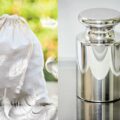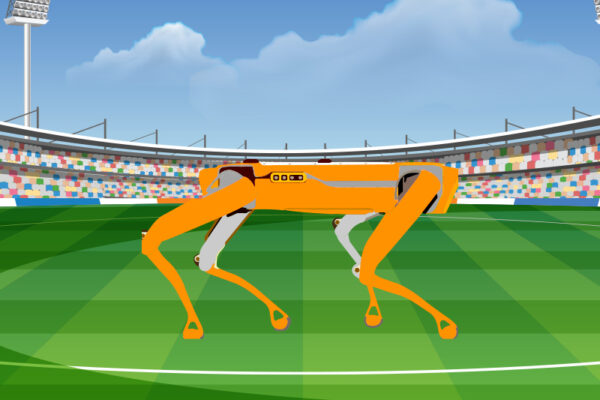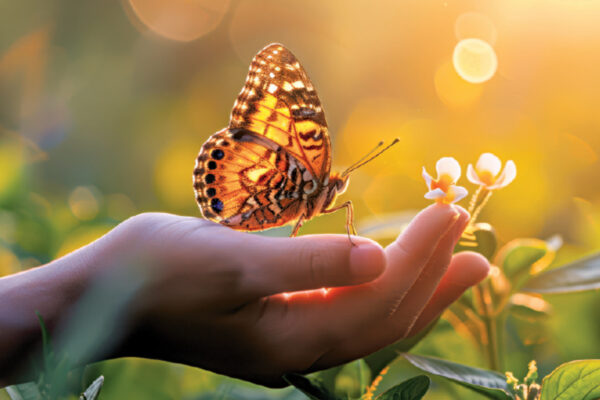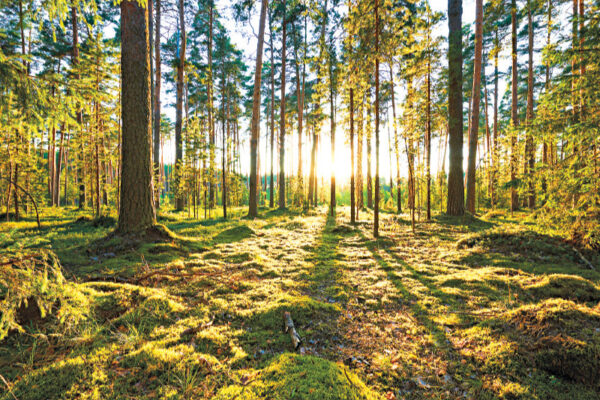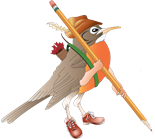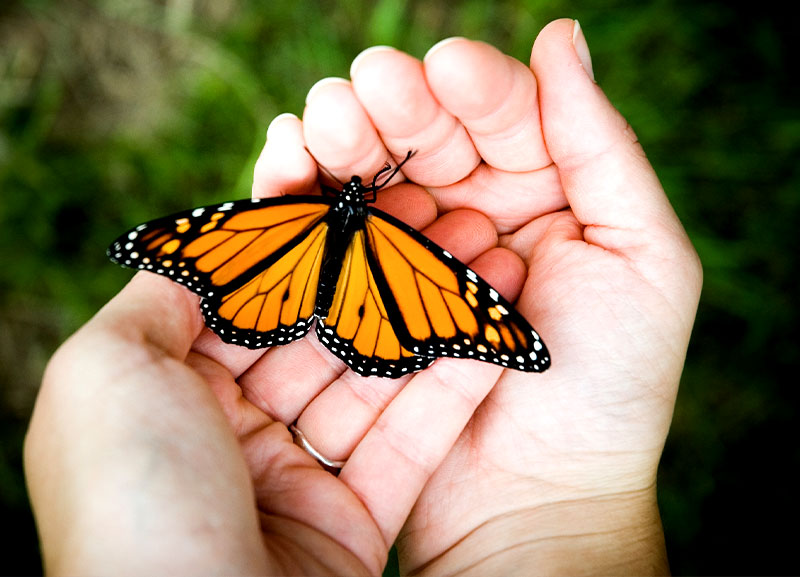
Not long ago, I would watch and admire the flight of butterflies every day. With their bright colours and gentle flight, these beautiful winged jewels brought joy and excitement. They dazzled in the morning sun, their wings as steady as a plane and their flight as elegant as a swan. I loved watching them. But then came a day when they disappeared. I began to wonder what could have gone wrong.
At that time, I was doing a course with iNaturewatch Foundation to study butter-flies and their nature. Our teacher, Isaac Kehimkar, is known as the Butterfly Man of India. During one of his lectures, he mentioned that butterflies were an indicator species. It meant that their presence indicates a healthy environment and a healthy ecosystem. That is when I remembered that I had seen new construction work near the garden where I used to spot the butterflies.
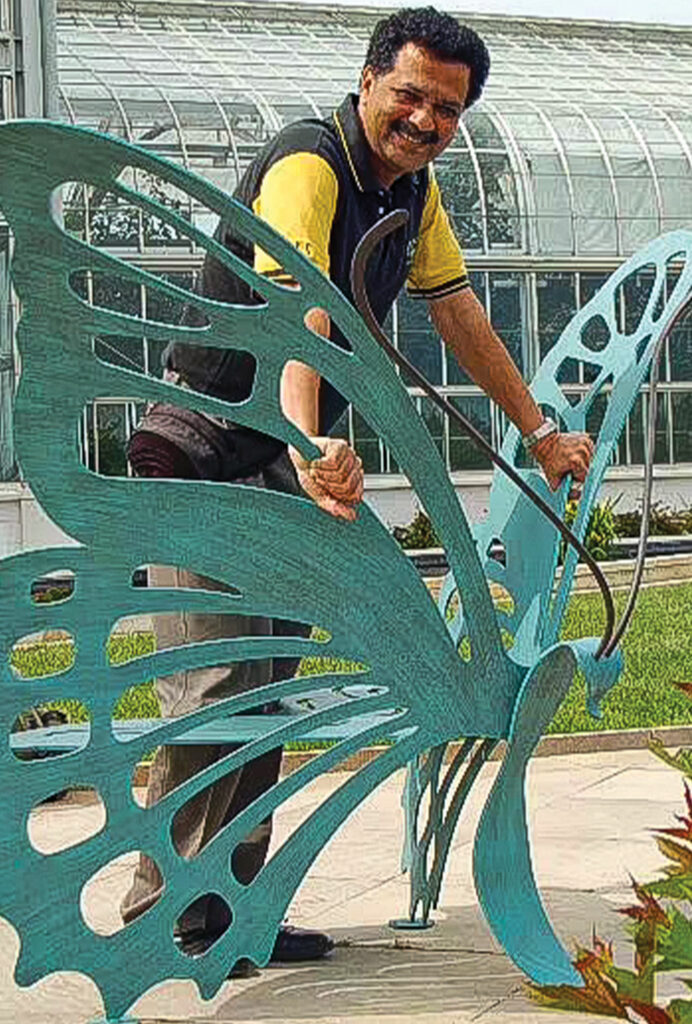
With the drilling of the ground and the dumping of cement, there was nothing but loud noise and dust in the air. I now knew why the butterflies had suddenly disappeared. As an indicator species, butterflies are sensitive to the slightest change in the environment and even the slightest change can cause destruction of their ecosystem. With the construction going on, they had flown to another area.
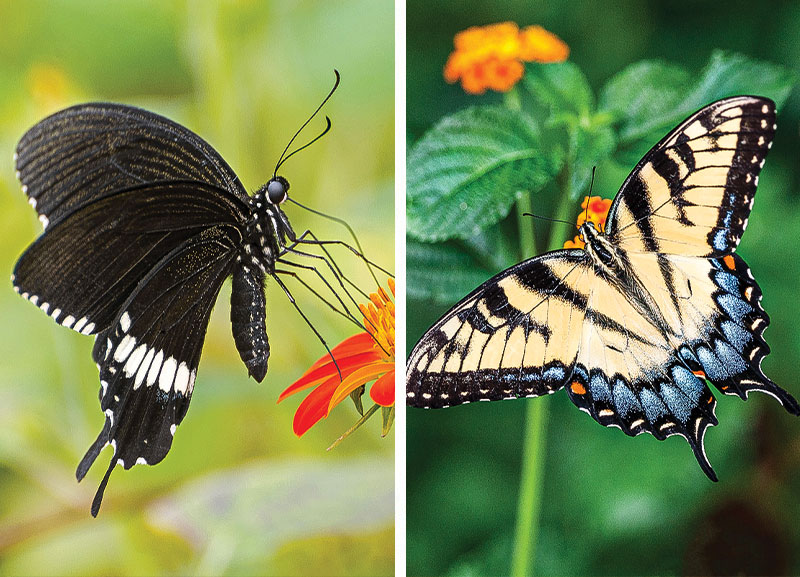
Butterflies play a very important role in nature; they are pollinators to many fruits, vegetables, herbs and flowering plants. They also play a huge role in the wilderness food chain. Predators like birds, spiders, lizards, ants and other small animals survive by eating butterflies and their caterpillars. Without them, the ecosystem will lose its balance and flowers that depend on butterflies for pollination won’t exist. Butterflies are in danger because of an increase in pollution, loss of their natural habitat and change in climate, which affects their migration pattern. It is time we start taking caution of our environment and preserve these beauties.
To Conserve Butterflies, We Need To:
Preserve Natural Habitats
- By cutting down native plants, we are taking the butterflies’ host and nectar plants away, which means they can’t lay their eggs, they and their caterpillars will not have food to eat and their population will soon become extinct.
- Do not destroy their natural habitat by cutting native plants and replacing them with fancy ornamental plants. Every species of butterfly breeds and grows only on a specific plant type. For example, the common Mormon butterfly prefers to lay eggs on curry leaf plants or lime plants, whereas the monarch butterfly prefers the milkweed plant. They will not lay eggs on any other plant.
- Instead, we can identify some of the butterflies in and around our locality, read about their host and nectar plants and plant them in our gardens. Ixora, petunia and any plant with bunches of flowers attract many butterflies.
- To identify butterflies, you can use apps like iButterflies or others. Once you know the name of the butterfly, do some research online to find the name of its host plant and then plant it.
Use Organic Manures and Insecticides
- Harsh chemicals in insecticides affect caterpillars. Butterflies and moths that
land on plants that have been sprayed with insecticides drink the nectar and get poisoned. Instead, use
organic manure and com-post to keep the soil healthy, which will keep the plant blooming and full
of life. - Another way to conserve butterflies is by raring lost or displaced caterpillars. Raring means taking care of caterpillars until they become butterflies. The next time you see a grown-up cutting vegetables like ladyfinger or brinjal or pealing peas, keep an eye out. There may be a weird-looking crawling creature inside it, which you otherwise would have thrown away. They are caterpillars of butterflies or moths; for a layman, it is tough to tell the difference between the two. You can create a DIY terrarium for them; it is beautiful to see the complete lifecycle. Just remember to release the butterfly or moth after it emerges; it will make the environment thrive.
Make Your Own Terrarium:
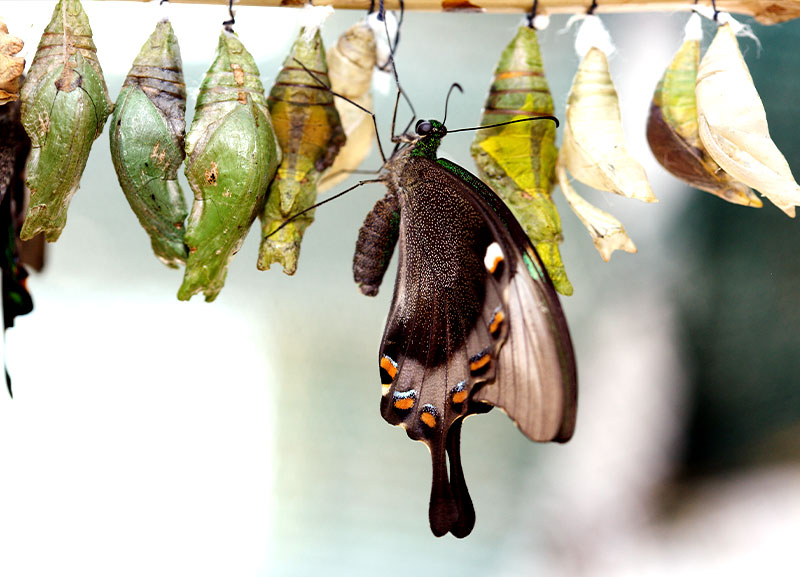
- Take a plastic box and make small holes on its lid for air to pass.
- Keep the caterpillar in the box.
- Feed it vegetables or the leaves it was eating.
- Keep a stick and some clean dry soil inside the box for when the caterpillar wants to pupate.
- Butterflies pupate on sticks while moths pupate in soil.
- Some butterflies and moths take weeks to emerge, so don’t throw the pupa if nothing happens in a few days.
- Do not disturb a newly emerged butterfly or moth; they take a while to dry their wings and pump blood into them before they take their first flight.
- Release the butterfly or moth into a garden.
ACTIVITY: Design It
Draw a design for a terrarium for butterflies.















